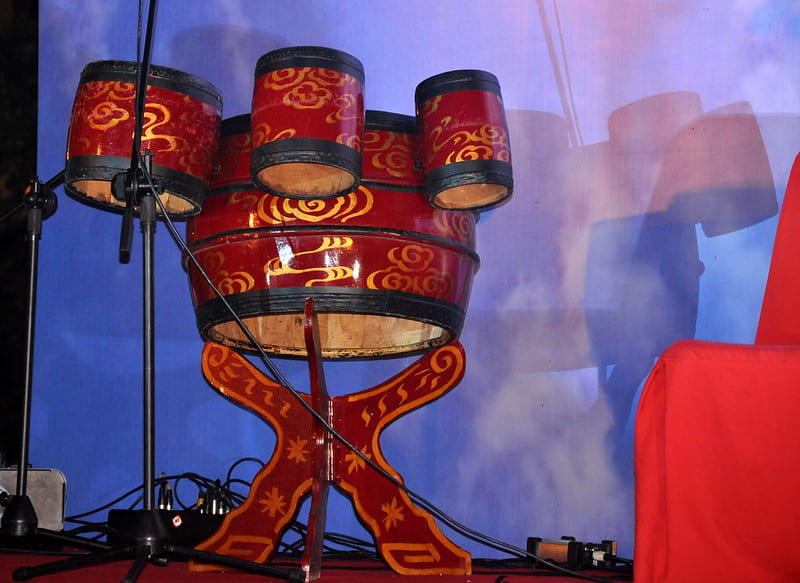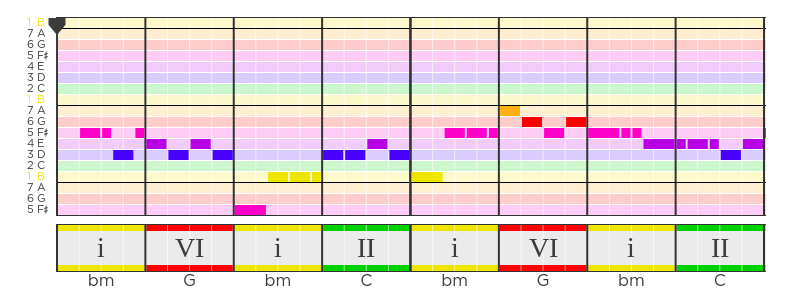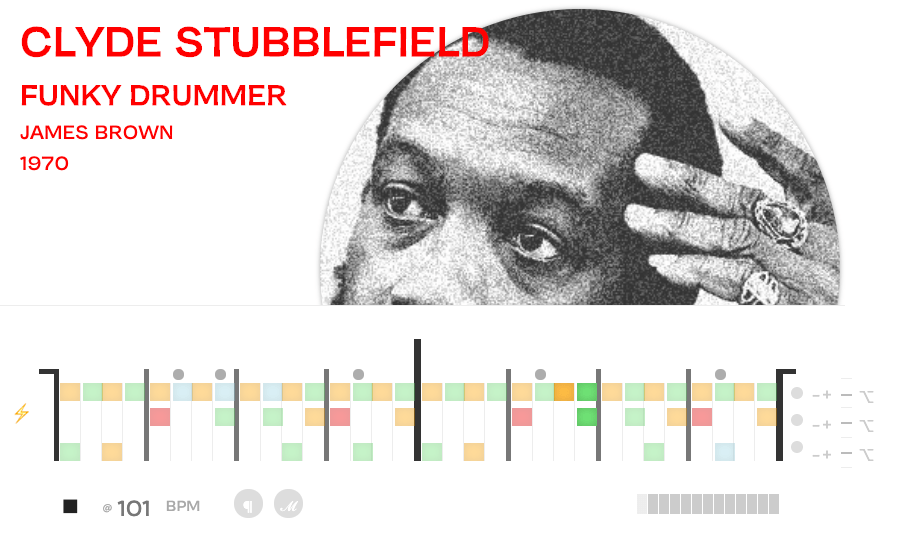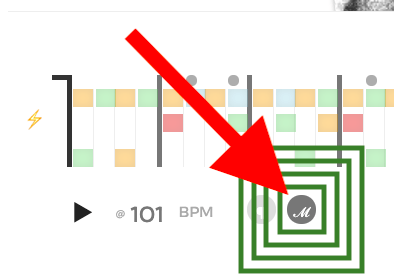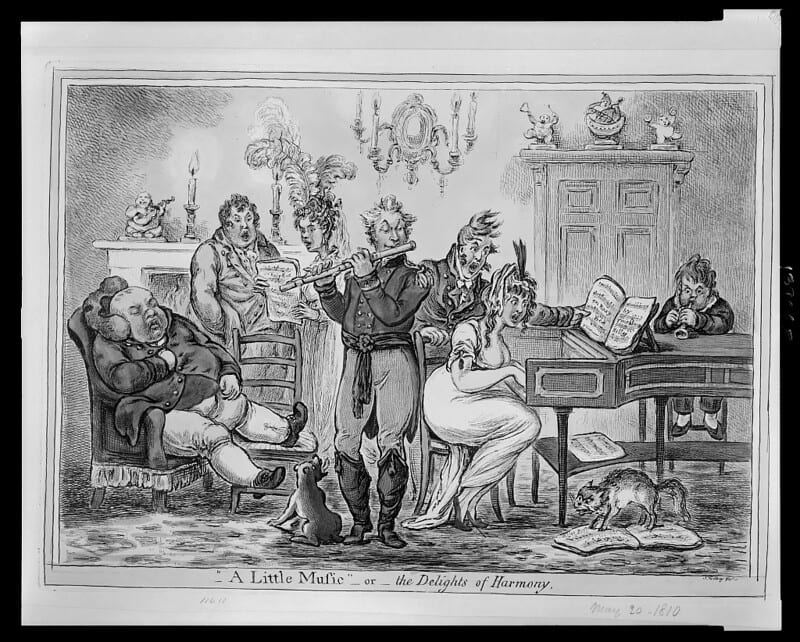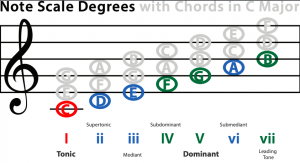- TITLE THIS BLOG POST: Bass Research, Analysis, and Recording Project
- PLACE A CREATIVE COMMONS IMAGE RELATED TO THE PROJECT FROM wordpress.org/openverse AT THE TOP OF THE POST
- FOLLOW THE DIRECTIONS IN THIS BLOG POST TEMPLATE
- DELETE ALL OF MR. LE DUC’s INSTRUCTIONS AFTER COMPLETING THEM
SUMMARY
Write your daily summary last, at the end of the day here… Only one to two sentences. DELETE ALL OF MR. LE DUC’s INSTRUCTIONS DETAILED ABOVE AFTER COMPLETING THEM
CLASSROOM
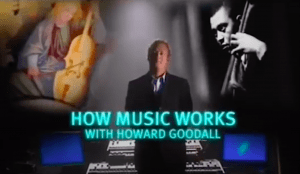
Watch How Bass Works (47 minutes)
Write notes of topics you want to remember. DELETE ALL OF MR. LE DUC’s INSTRUCTIONS DETAILED ABOVE AFTER COMPLETING THEM
LAB
Step 1: Watch How to write Chromatic Notes in Hookpad (some bass lines are based on chromatic scale)
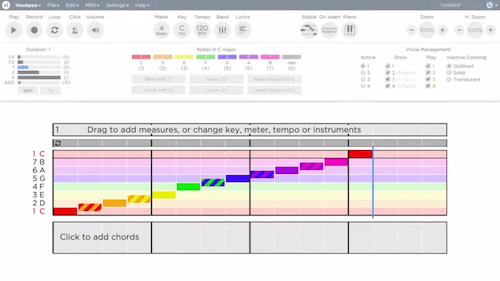
Step 2: Watch 3 ways to use Hookpad’s MIDI drag-drop feature (you can create basslines and more and export to Soundtrap and other DAW – digital audio workstations)
Step 3: Try making a bassline to a chord progression or melody line.
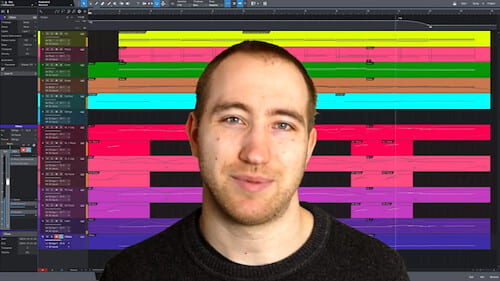
How was this activity? Write a reflection on what you did and learned. DELETE ALL OF MR. LE DUC’s INSTRUCTIONS DETAILED ABOVE AFTER COMPLETING THEM
PRACTICE ROOM
Step 1: Watch How To Add Bass Notes Guitar Strumming Lessons by Tomas Michaud
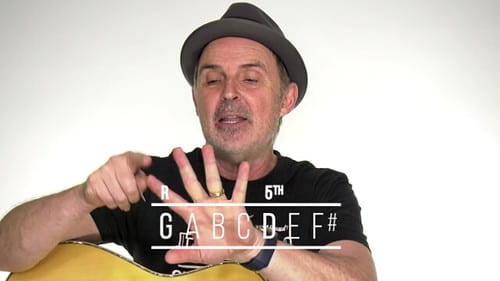
Step 2: Download the guitar TABS for his exercise (PDF)
Step 3: Practice one of the exercises
Bonus Resource!
Write a brief reflection on how Tomas Michaud’s exercise worked for you. DELETE ALL OF MR. LE DUC’s INSTRUCTIONS DETAILED ABOVE AFTER COMPLETING THEM
Profile in Excellence
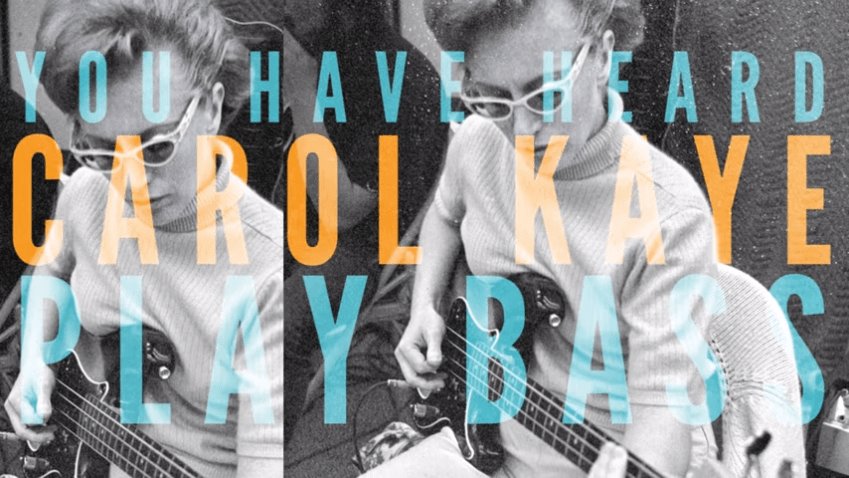
- Check out these two videos about amazing bass player Carol Kaye
Profile in Excellence

- Check out these videos about the best bass player, ever, James Jamerson
- What really made James Jamerson so great?
- Visual of James Jamerson’s bass line for the Stevie Wonder song –For Once In My LifeScreenshot from Vulf at YouTube
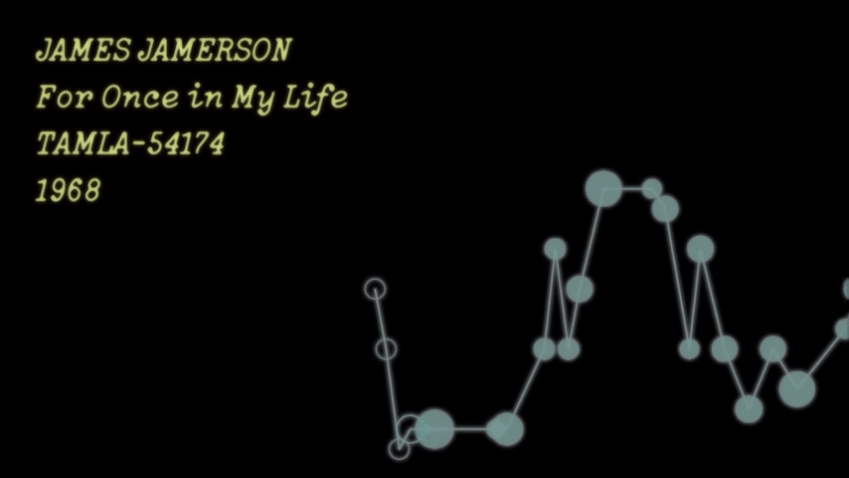
OUTSIDE / JOURNAL / IDEAS
Choice 1: Explore Carol Kaye and James Jamerson’s Profiles in Excellent. These are two bass players are credited with creating some of the best bass lines! Then go for a walk and think of the funky work they created.
Choice 2: Flip through the Quizlet on Bass Composition Techniques flashcards a couple times.
After playing with Quizlet, go for a walk and think about bass lines. Think of songs that have great basslines. When you are back from your walk, you might want to research more about the notes that make those basslines stand out?
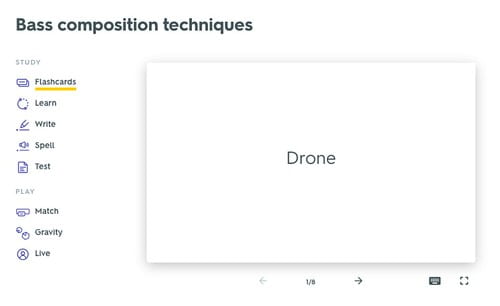
Write a brief reflection on your mental meanderings. DELETE ALL OF MR. LE DUC’s INSTRUCTIONS DETAILED ABOVE AFTER COMPLETING THEM
STUDIO
Play around with playing the low E string (6th string on the top of the neck) on your guitar. Create a simple three note-ish bassline. Get funky with it. Try different plucking tempos to great the groove. You can even try playing Smoke on the Water
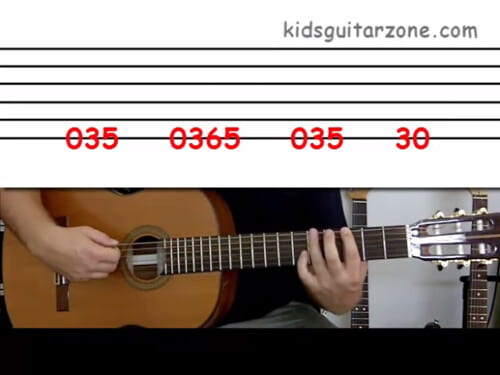
What did you compose? Write a reflection on what you did. DELETE ALL OF MR. LE DUC’s INSTRUCTIONS DETAILED ABOVE AFTER COMPLETING THEM
CONTROL ROOM
Record the bass line you developed in the studio.
How did the recording go? Write a short reflection. DELETE ALL OF MR. LE DUC’s INSTRUCTIONS DETAILED ABOVE AFTER COMPLETING THEM
WHAT I LEARNED and PROBLEMS I SOLVED
Tell your daily story here! Highlight what you learned and enjoyed most and at least one problem you solved. Problem-solving is one of the most important skills you need in life. Employers want to know HOW you get stuff done as much as WHAT you got done. DELETE ALL OF MR. LE DUC’s INSTRUCTIONS DETAILED ABOVE AFTER COMPLETING THEM
DAILY ACTIVITY EVALUATION
- Give feedback on the class Content and Process
- Participation will be part of your leadership project due at the end of the course
- Fill in the Daily Activity Evaluation
